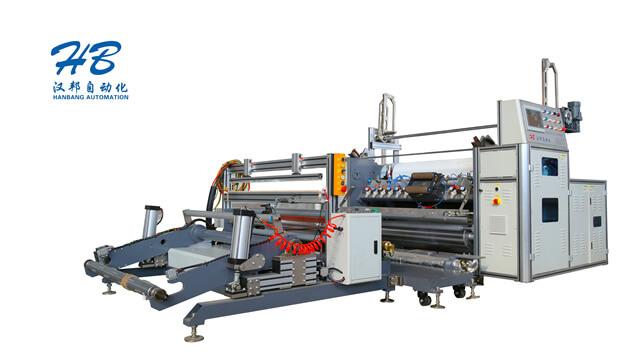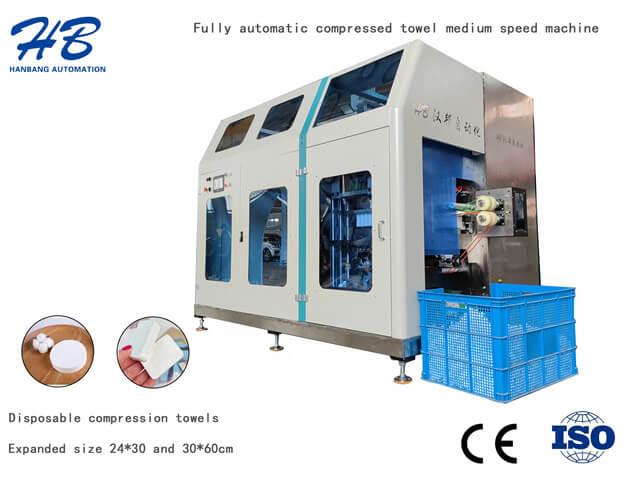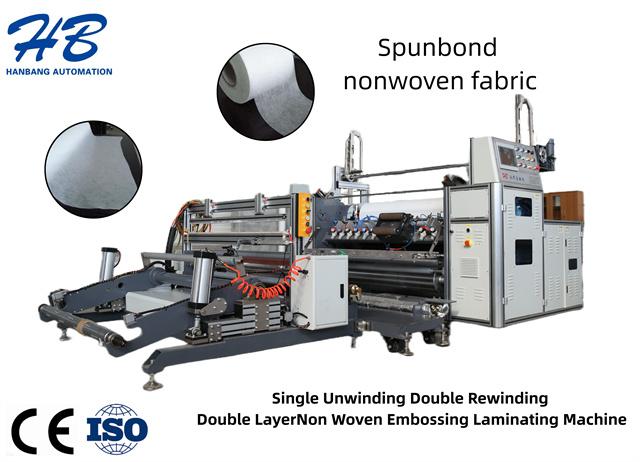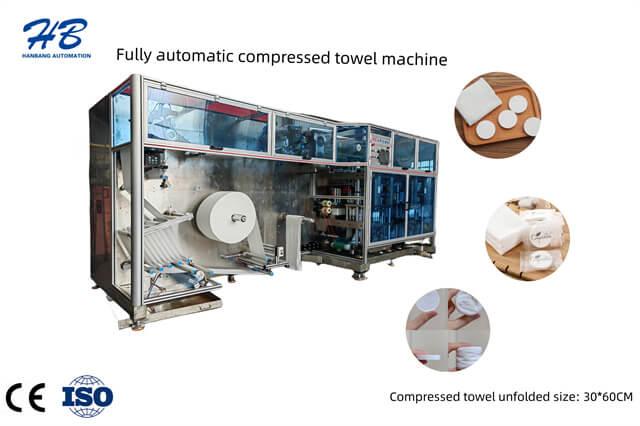Author:HB Nonwoven MachineryFROM:Compressed Towel Machine Manufacturer TIME:2024-04-30
Choosing a Non Woven Embossing Perforating Slitting Rewinding Machine
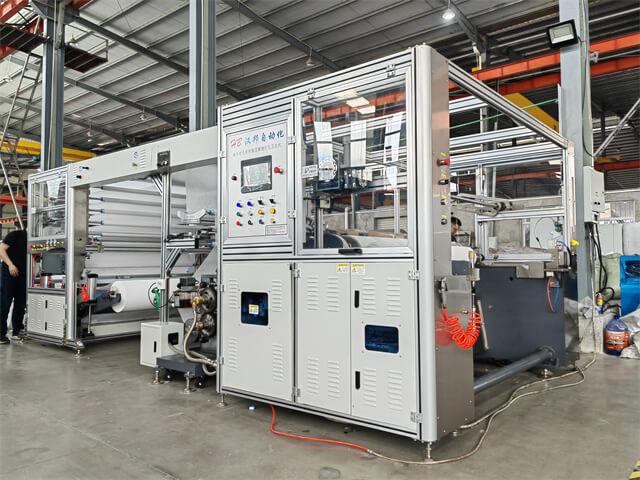
The non woven industry, especially the production of diapers and sanitary napkins, plays a crucial role in maintaining hygiene and comfort for millions of people. To meet the increasing demand for these essential products, manufacturers need reliable and efficient machinery. In this article, we will discuss the importance of choosing the right non woven embossing perforating slitting rewinding machine, which is a key component in the production process.
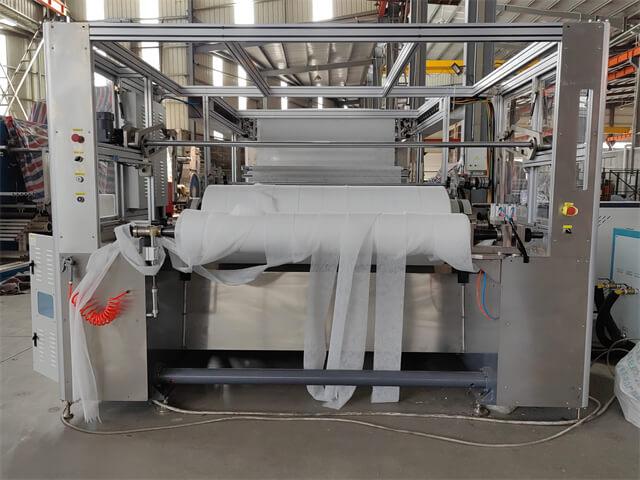
Before diving into the details of selecting the appropriate machine, it's essential to have a basic understanding of the non woven production process. Non woven fabrics are created by bonding or interlocking fibers together using mechanical, thermal, or chemical processes. The embossing, perforating, slitting, and rewinding stages are critical steps in the manufacturing process that require specialized machinery.
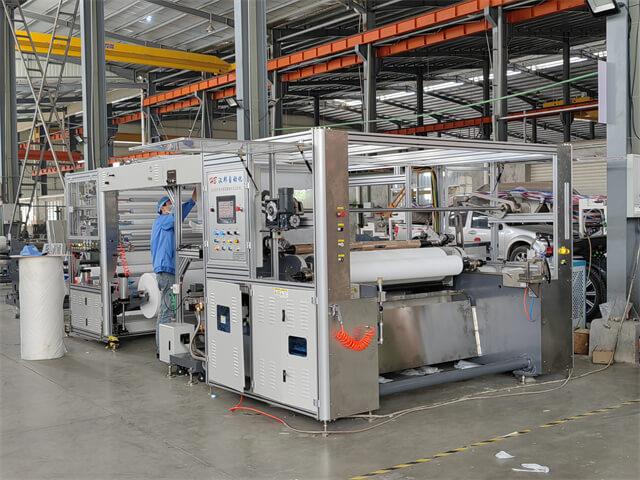
Embossing is commonly used in the production of diapers and sanitary napkins to enhance their softness and absorbency. The embossing process creates patterns on the fabric, improving its overall performance. When choosing a non woven embossing perforating slitting rewinding machine, it's crucial to ensure that it can produce consistent and high-quality embossed patterns.
Punching is another critical aspect of non woven production, as it enables the creation of holes or specific shapes in the fabric. The machine should have customizable punching capability to meet the specific product requirements. Additionally, the perforating process should be precise and efficient to avoid fabric waste and ensure consistent results.
Slitting refers to the process of cutting the non woven fabric into desired widths. This stage is crucial to achieve the correct size for diapers and sanitary napkins. The machine should have an adjustable slitting mechanism that can accurately cut the fabric to the required dimensions. Consistency in slitting width is essential to avoid product defects and maintain quality standards.
Rewinding is the final step in the production process, where the finished non woven fabric is neatly wound onto a roll. A reliable rewinding mechanism ensures that the fabric is tightly wound, minimizing the risk of damage during storage or transportation. The machine should have a user-friendly rewinding feature that allows for easy roll changeovers to maximize productivity.
Efficiency and speed are crucial factors in the non woven industry to meet high production demands. When choosing a machine, it's essential to consider its speed capabilities and ensure that it aligns with the desired production volume. Additionally, the machine should have built-in efficiency features, such as automatic tension control and waste reduction mechanisms, to improve overall productivity.
A non woven embossing perforating slitting rewinding machine is a significant investment for manufacturers. It's crucial to choose a machine from a reputable manufacturer with a proven track record of reliability and durability. Regular maintenance and servicing should also be available to keep the machine in optimal condition, minimizing downtime and maximizing production efficiency.
While upfront costs are important, it's equally essential to consider the long-term viability of the machine. Evaluate the overall cost of ownership, including maintenance and operational expenses, to ensure that the investment is financially sustainable. Choosing a machine with a good balance of quality, performance, and affordability will provide the best return on investment in the long run.
In conclusion, choosing the right non woven embossing perforating slitting rewinding machine is crucial for the efficient production of diapers and sanitary napkins. Understanding the non woven production process and considering factors such as embossing, perforating, slitting, rewinding capabilities, machine efficiency, reliability, and long-term cost considerations are essential when making an informed decision. By selecting a high-quality machine from a reliable manufacturer, manufacturers can ensure consistent output, minimize downtime, and meet the growing demand for these essential hygiene products.
